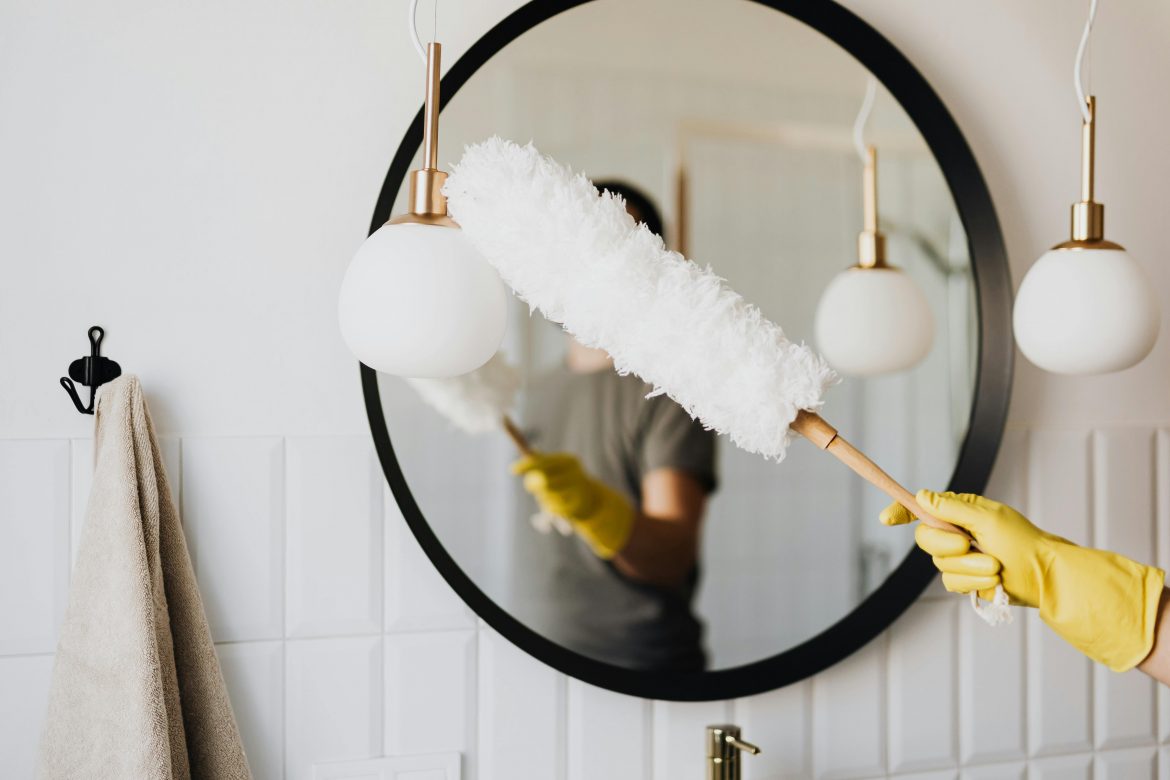Most of us have a regular cleaning routine, focused on the obvious culprits like kitchen counters, floors, and bathroom sinks. But even the tidiest homes can be harbouring germs in the most overlooked places. In fact, the areas that pose the biggest hygiene risk are often the ones that appear clean on the surface.
These high-touch spots are used so frequently that they quietly collect grime, bacteria and viruses without drawing attention. If you’ve ever wondered why everyone keeps getting sick despite your best cleaning efforts, these forgotten surfaces might be the reason.
ALSO SEE: Gadgets and tools that make house cleaning much easier
The worst offenders: high-touch areas you forget to wipe down
They may not look dirty, but certain parts of the home are touched dozens of times each day — often by multiple people. Over time, this creates the perfect conditions for germs to spread from one surface to another, and then from hands to faces.
Here are some of the most commonly missed germ hotspots:
- Light switches: Used constantly, yet rarely wiped down. The build-up of oils, fingerprints and microbes can be significant.
- Door handles: Especially in shared spaces or near entrances, these are one of the easiest ways for germs to travel through a household.
- Remote controls: Often handled with unwashed hands, yet almost never cleaned.
- Toilet flush buttons: Touched immediately after use but frequently overlooked during cleaning.
- Doormats: They trap dirt, bacteria and allergens from outside, but are usually left out of the weekly clean.
What makes these areas particularly problematic is their invisibility. You may not notice anything wrong, but each touch transfers new bacteria — and without regular cleaning, those microbes multiply fast.
Why these spots matter more than you think
Cleaning isn’t just about what looks dirty. The danger with high-touch areas is that they accumulate germs slowly, quietly, and out of sight. This can be especially concerning for households with small children, elderly relatives, or anyone with a weakened immune system.
Every time someone touches a contaminated surface and then rubs their eye, scratches their nose, or prepares food, the risk of illness increases. And because these are places we don’t naturally think to clean, they rarely get the attention they need.
How to clean them properly without damaging surfaces
The good news is that tackling these germ hotspots doesn’t require fancy products or complicated techniques. A few simple habits can go a long way.
- Use warm, soapy water: For most surfaces, this is all you need. It breaks down grease and lifts bacteria without harsh chemicals.
- Apply disinfectant with a cloth: Avoid spraying disinfectants directly onto switches, handles or electronics, as this can damage paint, metal or plastic finishes. Spray onto a soft cloth first, then wipe down.
- Wipe thoroughly and let it dry: Make sure the surface is completely covered, and leave it to air dry naturally. This gives the disinfectant time to work and avoids recontamination.
Be mindful of delicate areas like light switches, remote controls and painted surfaces. Over time, repeated exposure to liquid cleaners can cause wear and discolouration. Using a slightly damp microfibre cloth is often the safest approach.
Keep up with regular cleaning between deep cleans
Even if you do a deep clean once a week, bacteria can build up again within hours. To keep things fresh in between, build a few quick habits into your routine:
- Wipe down handles and switches daily, especially in high-traffic areas like the kitchen and bathroom.
- Keep cloths clean: Rinse or replace microfibre cloths regularly to avoid spreading germs.
- Dry surfaces completely: Moisture encourages bacterial growth, so always finish by drying off areas that tend to stay damp.
Small changes, big difference
Keeping your home clean isn’t just about sparkling countertops and spotless floors. The most effective cleaning routines focus on the areas we touch without thinking — the door handle after coming in from outside, the remote control passed between hands, the light switch flicked on and off all day.
By giving these hidden hotspots the attention they deserve, you create a cleaner, safer environment for everyone at home. A few extra minutes each day could make all the difference in staying healthy throughout the year.
Sometimes, it’s the things we don’t see that matter most.
ALSO SEE:
Do cleaning products expire? What you need to know before using old detergents
Featured Image: Pexels

